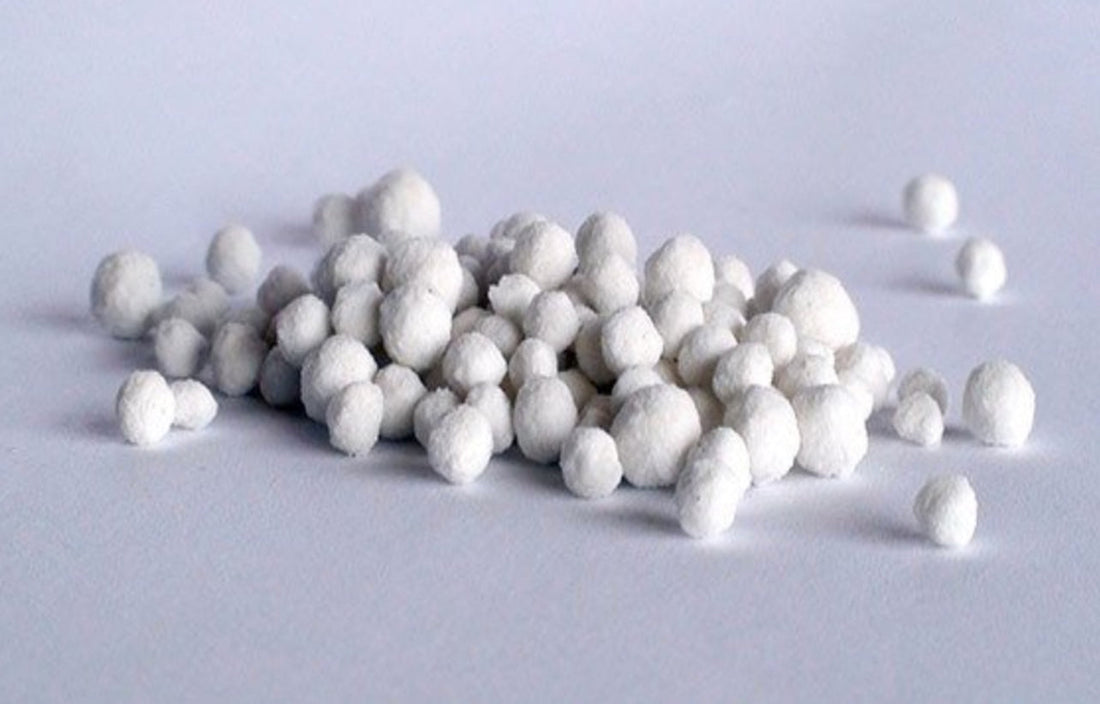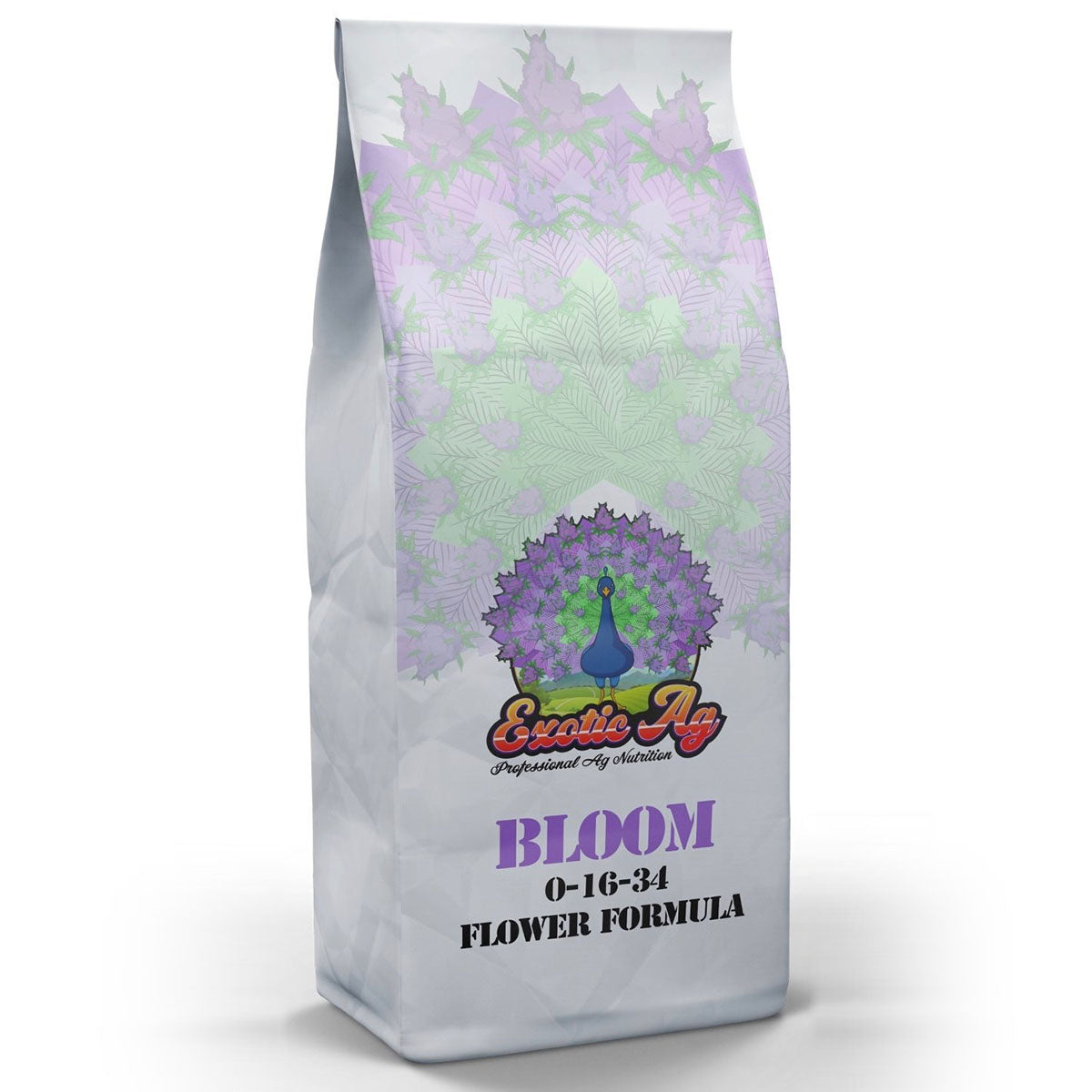SOP vs. MOP
3 min read
Agricultural growth and demand is constantly on the rise as the world’s population continues to grow, and, as a result, farmers are constantly seeking ways to grow their crops more efficiently. Potash fertilizers not only increase the quality of food being grown, but also boost crop yield. Farmers use various fertilizers to grow crops, but two of most common are sulfate of potash (SOP) and muriate of potash (MOP).
As a nutrient source, Potash, or Potassium, promotes vigor and resistance to disease, stiffens stems and develops hardiness in plants. It helps in the formation and translocation of carbohydrates (starches and sugars) and is essential for strong root systems. Potash is also crucial throughout the bud formation and flowering process and improves color and flavor quality of flowers, fruits and vegetables.
MOP - Muriate of Potash
MOP, or potassium chloride, is the most common potash fertilizer and is used for a variety of chloride-loving vegetables. It is also beneficial to soils that are low in chloride. MOP remains one of the most commercial fertilizers in the potash family, with over 55 million metric tons used annually.
SOP - Sulfate of Potash
SOP is a high-value alternative to MOP that provides both potassium and sulfur in soluble forms. SOP is a crystalline product, fast dissolving, highly soluble and virtually free of chloride and is a recommended source of potassium where soil pH needs to be lowered, when sulfur is required, or when N application rates should be limited, such as at the end of the flowering phase. SOP not only improves yield and crop quality, but its benefits over the more commonly used MOP are many.
- It is substantially lower in chlorides. Many chloride-sensitive crops fall into the high-value category, so optimizing quality and yield are especially critical.
- Potassium sulfate also provides plant-available sulfur, which helps with the formation of chlorophyll, the producing of proteins, amino acids, enzymes and vitamins. It also helps the plant’s resistance to disease and aids in growth and seed formation.
- Potassium sulfate has a lower salt index than most potash fertilizers, making it the more desired input where soil salinity and build up is concerned.
- When seeds, transplants or clones are placed in direct contact with fertilizer, SOP is much less likely to cause root burn of plants.
How It’s Made
SOP is not an existing compound in nature and therefore, must be manufactured through a resource-intensive process, making it a higher priced source of Potash than MOP. There are two common methods used to produce SOP. The first and most common is called the Mannheim process. It involves a heating process of raw materials that creates a reaction between potassium chloride and sulfuric acid. The second most common way of making SOP is by reacting potassium chloride with various sulfate salts to form what is called a double salt. Regardless of the manufacturing process, SOP is typically available in three different forms - powder, compaction granules, or round pellets/granules.
Greenhouse Grade SOP
Greenhouse Grade GG is the specific version recommended for water soluble fertigation of all crops and for production of liquid fertilizers. GG SOP is a fully soluble input which helps ensure the grower’s fertigation system doesn’t get clogged with residue from undissolved product. Greenhouse Grade is the highest quality SOP, and although it costs more, the efficiency of application assures cultivators that their crops are getting their nutrients without experiencing downtime due to the cleaning of fertigation lines due to clogging from an inferior product, ultimately decreasing yields due to lost feeding time.
Sidebar: 2022 Marketplace Post Pandemic
With rising global demand, combined with rail and sea transport supply chain disturbances due to COVID-19 and unprecedented flooding in Canada, the world’s leading producer, prices for SOP have been on a sharp incline.
As 2022 progresses, the CRU Group, a business intelligence company that focuses on the global mining, metals and fertilizers markets, sees prices trending lower despite market uncertainty. “We forecast a correction in prices, but not immediately. Gas and coal prices remain high, and supply is tight. Prices are expected to hold at high levels over Q1. Declines will begin in Q2, with more stark corrections in Q3 and Q4," said the firm.
And with the Russian invasion of the Ukraine, who knows when this marketplace is going to settle.



